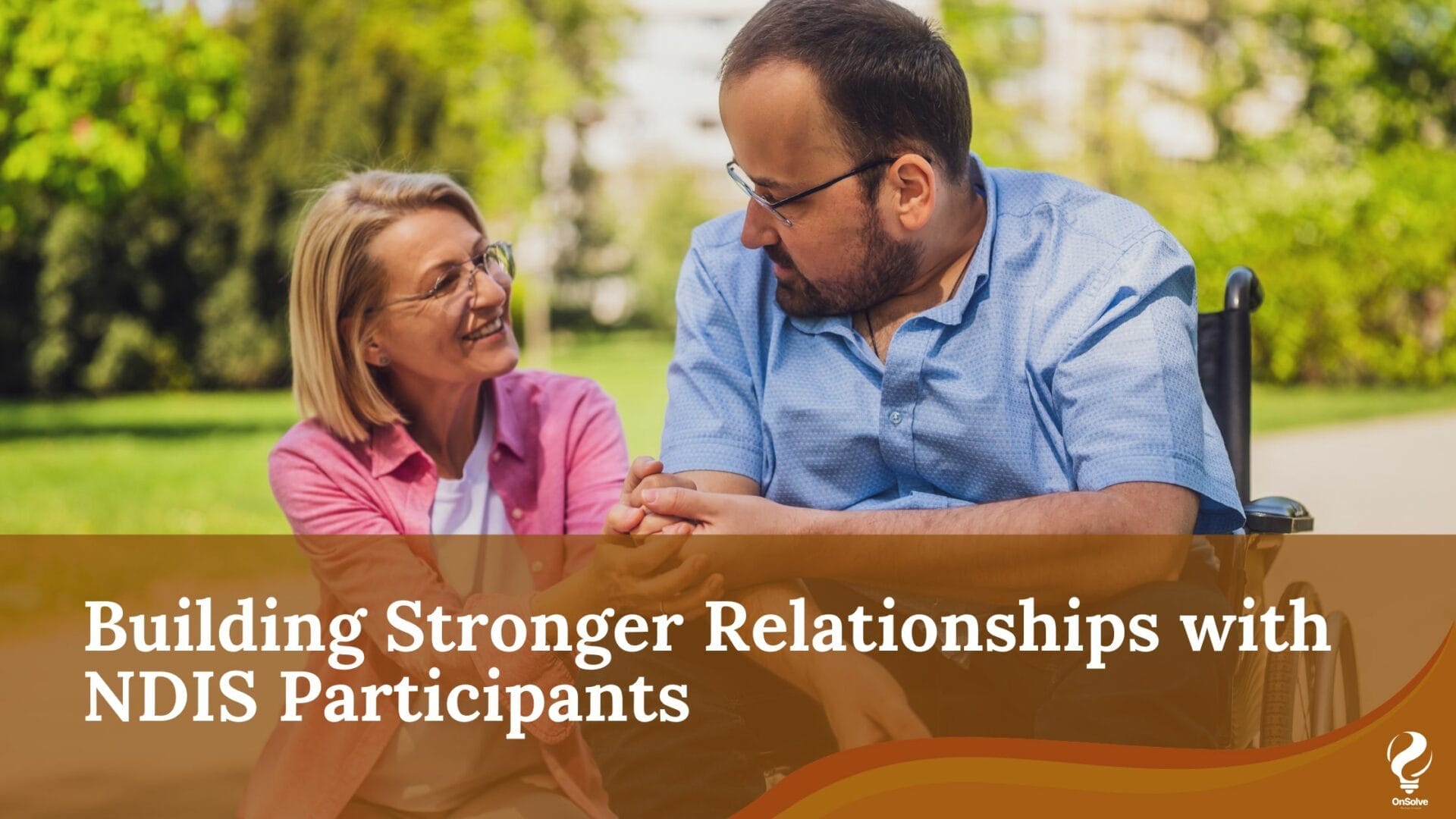Understanding NDIS information can be challenging, especially for people with disabilities or language barriers. Providers should understand how to present information in a clear and concise manner while also giving importance to its accessibility. In order to bridge this gap, it is essential to communicate NDIS services in an innovative and accessible manner.
Challenges of Traditional Communication
Language Barriers
NDIS clients are from diverse cultural and linguistic backgrounds. Therefore, when delivering important details on the services provided and the client’s legal rights, it is a must that all multilingual barriers are taken into account. Information should be provided in a language relevant to that client’s community in order to ensure that clients are received a tailored service.
Cognitive Disabilities
NDIS clients are inclusive of various individuals with cognitive disabilities who face difficulties in comprehending complex written service plans or documentation. Providers should therefore be mindful about utilizing plain language, visual aids, and easy to understand document formats to ensure that their client is fully engaged in the decision-making process.
Sensory Limitations
There are many NDIS clients who have sensory limitations such as visual impairments. Providers should therefore focus on providing service information in alternative formats such as audio, large print or electronic formats.
How Can You Overcome These Challenges to Provide Clients with the Best Service?
- Visual Communication
Using graphics, infographics, and visual charts to convey information is one of the most successful methods of communication for individuals with disabilities. These visual aids would help break down complex concepts into easy-to-understand content.
- Multilingual Resources
To bridge the cultural gap and to ensure inclusivity it is important to overcome the language barrier. By providing information in multiple languages, translating important documents, and offering translation services will help ensure that the language gap will not be an obstacle for the clients to access information.
- Interactive Videos and Tutorials
In this digital age, using the power of video content has been made easy. Providers can develop short, interactive videos and tutorials that explain NDIS services to the client in a step-by-step manner. This will ensure that the client will be able to grasp the information in a more effective manner.
- Social Media Campaigns
Social media has become a crucial tool in the modern society. It’s a powerful way of reaching clients and delivering information in a wide platform. Creating visually appealing posts, sharing success stories and encouraging engagement through comments and messages are some ways that providers could use to create a more accessible service distribution.
- Personalized Communication Plans
Each client has their own preferences. Recognizing it is a crucial part in providing NDIS services. Providers should work with clients in order to develop a personalized communication plan that is suitable to the client in their preferred language, visual aids, written information or verbal communication.
- Accessible Web Design
Providers must ensure that all their online platforms are accessible to individuals with disabilities in order to uphold inclusivity. Importance should be placed in creating easy to navigate platforms for all clients, regardless of their disabilities.
The NDIS community stands for inclusivity and empowerment of individuals with disabilities. Adopting a creative and inclusive approach to NDIS service communication is therefore vital. Through the use of graphics, multilingual resources, interactive videos, and personalized communication plans providers can ensure that every ability is recognized, valued, and given the opportunity to thrive.







